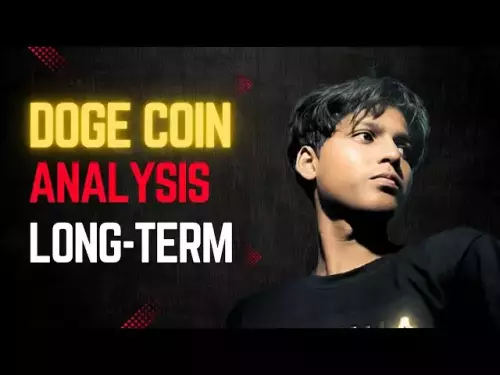-
 Bitcoin
Bitcoin $112200
0.84% -
 Ethereum
Ethereum $4470
3.80% -
 XRP
XRP $2.859
0.44% -
 Tether USDt
Tether USDt $1.000
0.00% -
 BNB
BNB $853.2
0.10% -
 Solana
Solana $209.6
1.03% -
 USDC
USDC $0.9999
-0.03% -
 Dogecoin
Dogecoin $0.2220
4.21% -
 TRON
TRON $0.3414
1.14% -
 Cardano
Cardano $0.8409
1.50% -
 Chainlink
Chainlink $23.75
2.09% -
 Hyperliquid
Hyperliquid $45.90
3.58% -
 Ethena USDe
Ethena USDe $1.001
0.01% -
 Sui
Sui $3.393
2.97% -
 Bitcoin Cash
Bitcoin Cash $598.3
2.33% -
 Stellar
Stellar $0.3634
-0.14% -
 Avalanche
Avalanche $25.27
4.98% -
 Cronos
Cronos $0.2799
10.62% -
 Hedera
Hedera $0.2202
1.54% -
 UNUS SED LEO
UNUS SED LEO $9.509
-0.34% -
 Litecoin
Litecoin $112.6
1.79% -
 Toncoin
Toncoin $3.188
1.12% -
 Shiba Inu
Shiba Inu $0.00001254
1.19% -
 Polkadot
Polkadot $3.888
2.71% -
 Uniswap
Uniswap $9.708
1.80% -
 Bitget Token
Bitget Token $4.970
-2.63% -
 Dai
Dai $1.000
0.01% -
 World Liberty Financial
World Liberty Financial $0.2119
-8.12% -
 Aave
Aave $327.5
3.66% -
 Monero
Monero $267.1
0.87%
How to Set Up and Use Bitfinex Trailing Stop Orders for Maximum Profit.
Trailing stop orders on Bitfinex automatically adjust to lock in profits while protecting against reversals, ideal for volatile markets.
Sep 02, 2025 at 08:01 pm
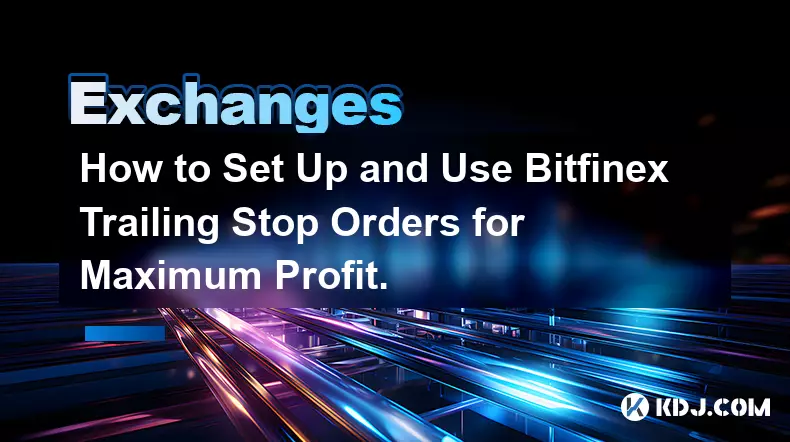
Understanding Trailing Stop Orders on Bitfinex
1. Trailing stop orders on Bitfinex are dynamic tools that allow traders to protect profits while giving their positions room to grow. Unlike standard stop-loss orders, which remain static at a set price, trailing stops automatically adjust as the market price moves favorably. This mechanism is particularly effective in volatile markets where price swings can be rapid and unpredictable.
2. The trailing stop is defined by a specific percentage or price distance from the highest price reached since the order was placed. For example, if a trader sets a 5% trailing stop on a long position and the price increases, the stop level rises accordingly. If the price suddenly drops by more than 5%, the order triggers a market sell, locking in gains up to that point.
3. Bitfinex supports trailing stop orders through its advanced trading interface, accessible via both the web platform and API. Traders can configure these orders in the order entry section by selecting the trailing stop option and specifying the trail amount. This flexibility allows integration into both manual and algorithmic trading strategies.
4. One of the key advantages of using trailing stops on Bitfinex is the ability to maintain exposure during strong trends without constant monitoring. This is especially useful for traders who cannot watch the markets 24/7 but still want to manage risk effectively. The system acts as an automated safeguard, reducing emotional decision-making during sharp price movements.
5. It's important to note that trailing stops on Bitfinex are executed as market orders once triggered. This means the final fill price may differ from the trigger price, particularly in fast-moving or low-liquidity conditions. Traders should account for potential slippage when setting their trail distances.
Configuring Trailing Stop Orders Step by Step
1. Log in to your Bitfinex account and navigate to the trading interface for the desired cryptocurrency pair, such as BTC/USD or ETH/USD. Ensure you are in the advanced order mode to access trailing stop options.
2. In the order type dropdown menu, select “Trailing Stop” from the available choices. This will reveal additional fields where you can input the trail value, either as a percentage or a fixed price amount, depending on your preference and trading style.
3. Enter the trail amount. For instance, setting a 3% trail means the stop price will follow 3% below the peak price for long positions. For short positions, it will trail 3% above the lowest price. Choose a value that balances sensitivity with noise resistance in price fluctuations.
4. Specify the order size in either the base or quote currency. Review the estimated stop price that appears based on current market conditions. This gives a real-time idea of where your order would activate if the market reverses.
5. Confirm and submit the order. Once active, the trailing stop will appear in your open orders list. You can monitor its status and adjust or cancel it at any time before execution. Bitfinex provides real-time updates on the current trailing price level.
Optimizing Trailing Stops for Profit Protection
1. Choose an appropriate trail distance based on the asset’s volatility. Highly volatile coins like altcoins may require wider trails (e.g., 8–10%) to avoid premature triggering, while more stable assets like Bitcoin might perform better with tighter trails (e.g., 3–5%).
2. Combine trailing stops with position sizing strategies. Using smaller position sizes allows for tighter trailing stops without risking large drawdowns. This approach enhances risk-adjusted returns over time, especially in trending markets.
3. Monitor market structure and key support/resistance levels. Setting a trailing stop too close to a known resistance zone may result in early exit before a breakout. Aligning the trail distance with technical levels increases the likelihood of capturing extended moves.
4. Use trailing stops in conjunction with take-profit orders for partial exits. For example, sell 50% of your position at a predefined profit target and let the remainder ride with a trailing stop. This hybrid method locks in gains while maintaining upside potential.
5. Regularly review and adjust trailing stops based on changing market conditions. A trail that works in a bull market may be too aggressive during consolidation phases. Adaptive management ensures the strategy remains effective across different cycles.
Frequently Asked Questions
Can I modify a trailing stop order after placing it on Bitfinex?Yes, you can edit or cancel a trailing stop order at any time before it is triggered. Access the order through the open orders section and make the necessary adjustments to the trail amount or order size.
Are trailing stop orders available for all trading pairs on Bitfinex?Trailing stop functionality is supported on most major spot and margin trading pairs. However, availability may vary for less liquid or newly listed assets. Check the specific pair’s order type options in the trading interface.
Do trailing stops work when my computer is turned off?Yes, trailing stop orders are server-side on Bitfinex. Once placed, they remain active regardless of your device status or internet connection. The exchange monitors price levels and executes the order if conditions are met.
What happens if the market gaps below my trailing stop price?If the price drops sharply and skips over the trailing stop level, the order will execute at the next available market price. This can result in slippage, meaning the fill price may be worse than expected, especially during high volatility or low liquidity periods.
Disclaimer:info@kdj.com
The information provided is not trading advice. kdj.com does not assume any responsibility for any investments made based on the information provided in this article. Cryptocurrencies are highly volatile and it is highly recommended that you invest with caution after thorough research!
If you believe that the content used on this website infringes your copyright, please contact us immediately (info@kdj.com) and we will delete it promptly.
- Riding the Crypto Wave: Altcoin Momentum, Bitcoin Bullish Signals, and Cross-Chain Synergy in '25
- 2025-09-04 04:25:12
- Bitget, BGB Tokens, and Morph Layer 2: A New Era for On-Chain Consumer Finance
- 2025-09-04 03:05:12
- Lido, DeFi, and Staking: A New Era of Institutional-Grade Yield
- 2025-09-04 02:25:17
- Dogecoin, Investors, and Stock Crash: A Meme Coin Rollercoaster?
- 2025-09-04 02:45:15
- Pump It Up: Meme Coins Aiming for That 100x Moonshot
- 2025-09-04 03:45:17
- Layer Brett vs. Pepe Coin: A New Hope for Crypto Millions?
- 2025-09-04 03:45:17
Related knowledge
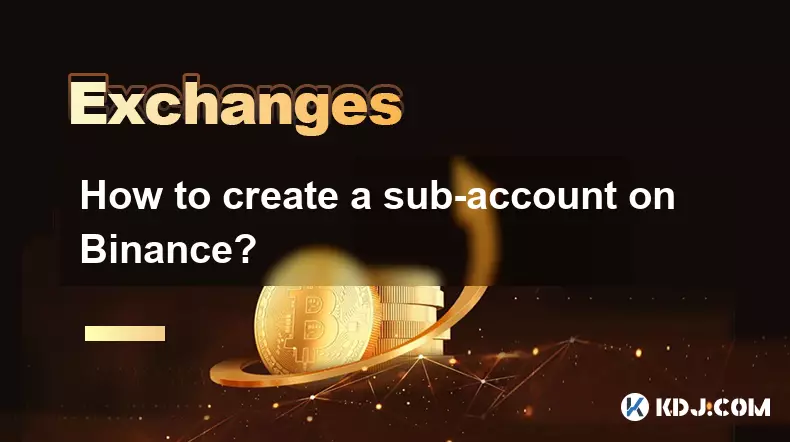
How to create a sub-account on Binance?
Sep 01,2025 at 12:36am
Accessing the Binance Sub-Account Feature1. Log in to your Binance account using your registered email and password. Ensure that two-factor authentica...
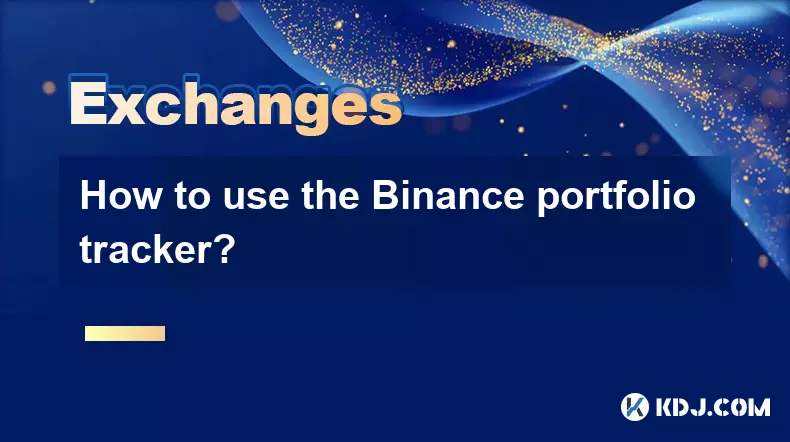
How to use the Binance portfolio tracker?
Sep 01,2025 at 01:00pm
Understanding the Binance Portfolio Tracker1. The Binance portfolio tracker is a powerful tool designed to help users monitor their cryptocurrency inv...
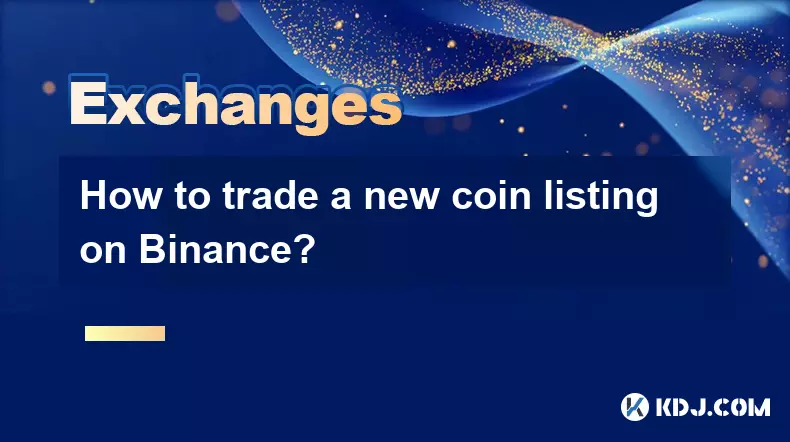
How to trade a new coin listing on Binance?
Aug 29,2025 at 11:14am
Understanding the Pre-Listing Phase1. Research the project thoroughly before any listing announcement. Whitepapers, team backgrounds, and community se...
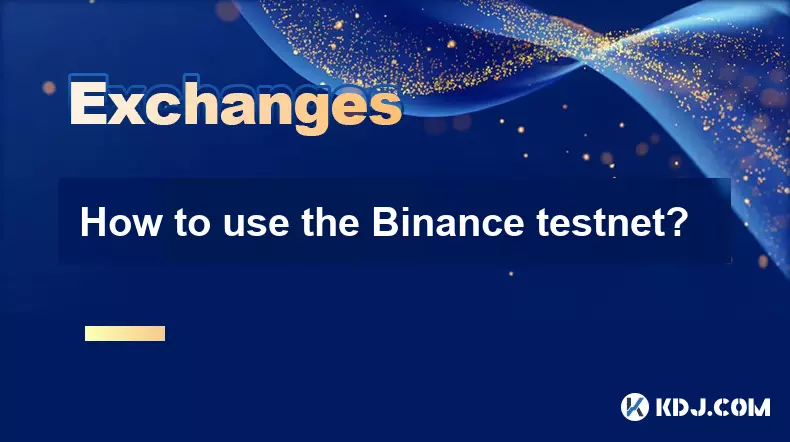
How to use the Binance testnet?
Aug 31,2025 at 02:19am
Understanding the Binance Testnet Environment1. The Binance testnet is a simulated version of the Binance Smart Chain (BSC) that allows developers and...

How to understand the funding rate in Binance Futures?
Sep 03,2025 at 06:00pm
What Is Funding Rate in Binance Futures?1. The funding rate is a mechanism used in perpetual futures contracts to align the contract price with the un...
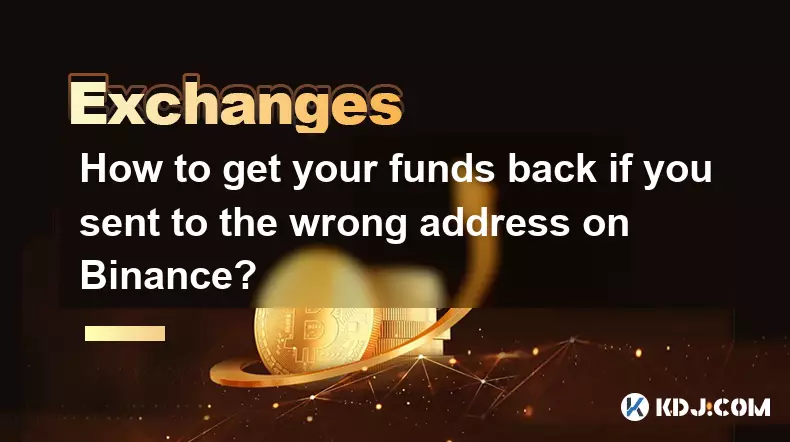
How to get your funds back if you sent to the wrong address on Binance?
Sep 02,2025 at 04:54pm
Understanding the Risks of Sending Funds to the Wrong Address1. Cryptocurrency transactions on blockchains like Bitcoin, Ethereum, and Binance Smart C...

How to create a sub-account on Binance?
Sep 01,2025 at 12:36am
Accessing the Binance Sub-Account Feature1. Log in to your Binance account using your registered email and password. Ensure that two-factor authentica...

How to use the Binance portfolio tracker?
Sep 01,2025 at 01:00pm
Understanding the Binance Portfolio Tracker1. The Binance portfolio tracker is a powerful tool designed to help users monitor their cryptocurrency inv...

How to trade a new coin listing on Binance?
Aug 29,2025 at 11:14am
Understanding the Pre-Listing Phase1. Research the project thoroughly before any listing announcement. Whitepapers, team backgrounds, and community se...

How to use the Binance testnet?
Aug 31,2025 at 02:19am
Understanding the Binance Testnet Environment1. The Binance testnet is a simulated version of the Binance Smart Chain (BSC) that allows developers and...

How to understand the funding rate in Binance Futures?
Sep 03,2025 at 06:00pm
What Is Funding Rate in Binance Futures?1. The funding rate is a mechanism used in perpetual futures contracts to align the contract price with the un...

How to get your funds back if you sent to the wrong address on Binance?
Sep 02,2025 at 04:54pm
Understanding the Risks of Sending Funds to the Wrong Address1. Cryptocurrency transactions on blockchains like Bitcoin, Ethereum, and Binance Smart C...
See all articles

























![Litecoin Price Prediction [LTC Crypto Price News] Litecoin Price Prediction [LTC Crypto Price News]](/uploads/2025/09/03/cryptocurrencies-news/videos/litecoin-price-prediction-ltc-crypto-price-news/68b83c0a82563_image_500_375.webp)
